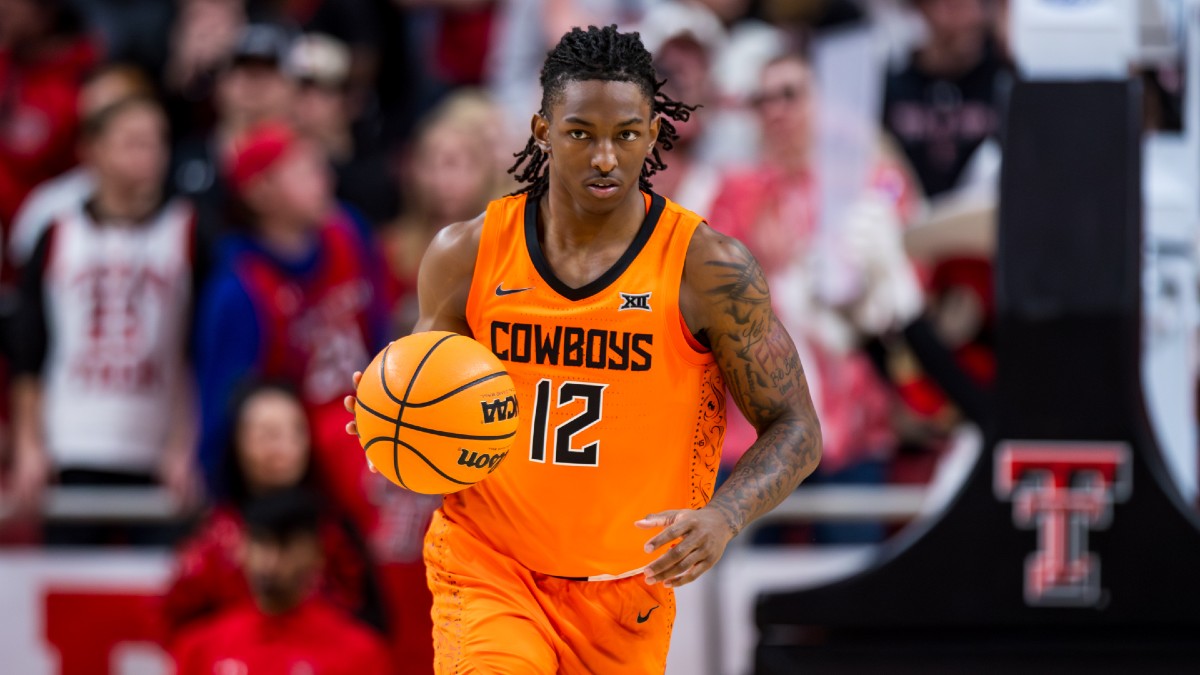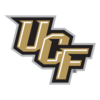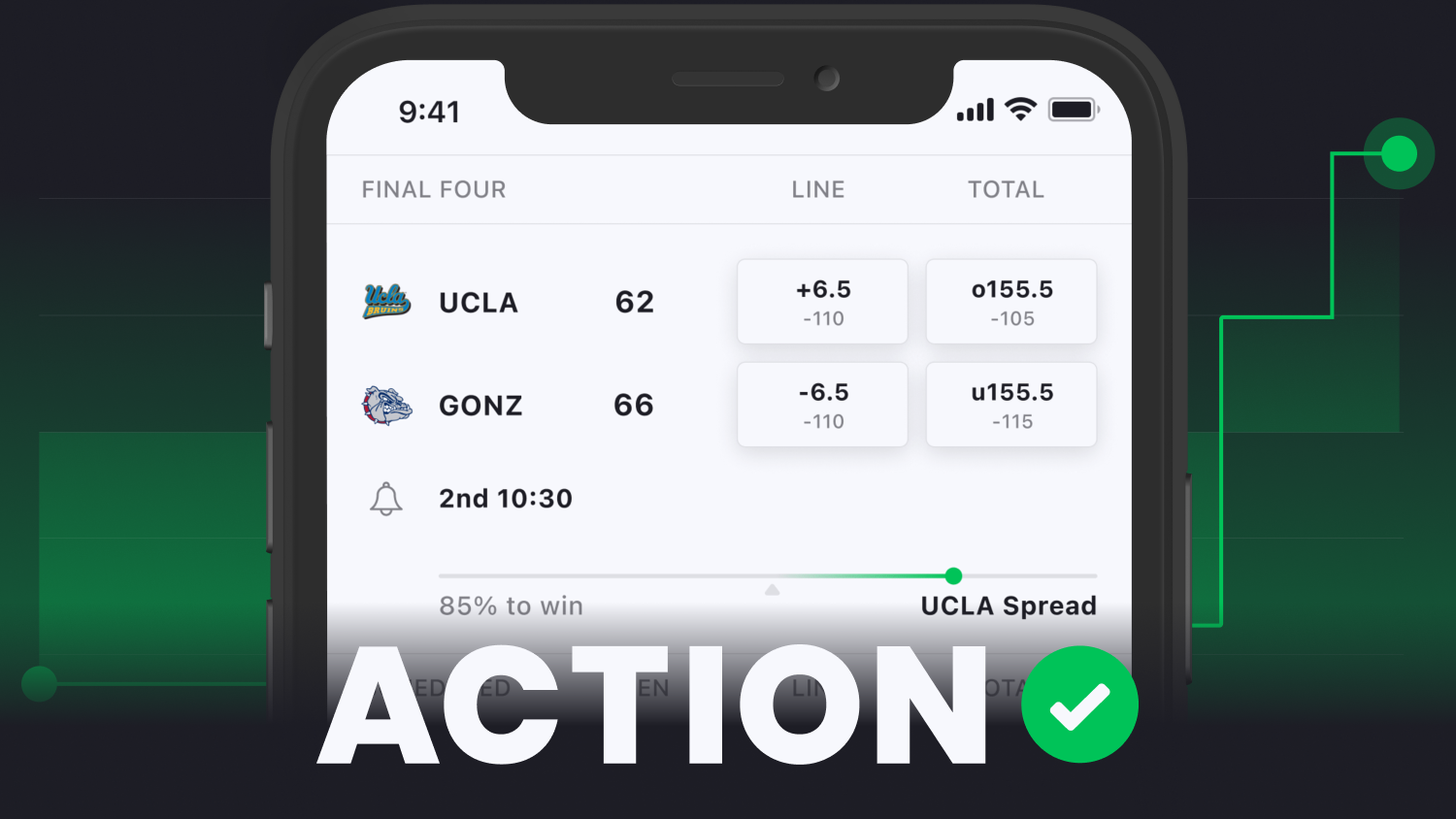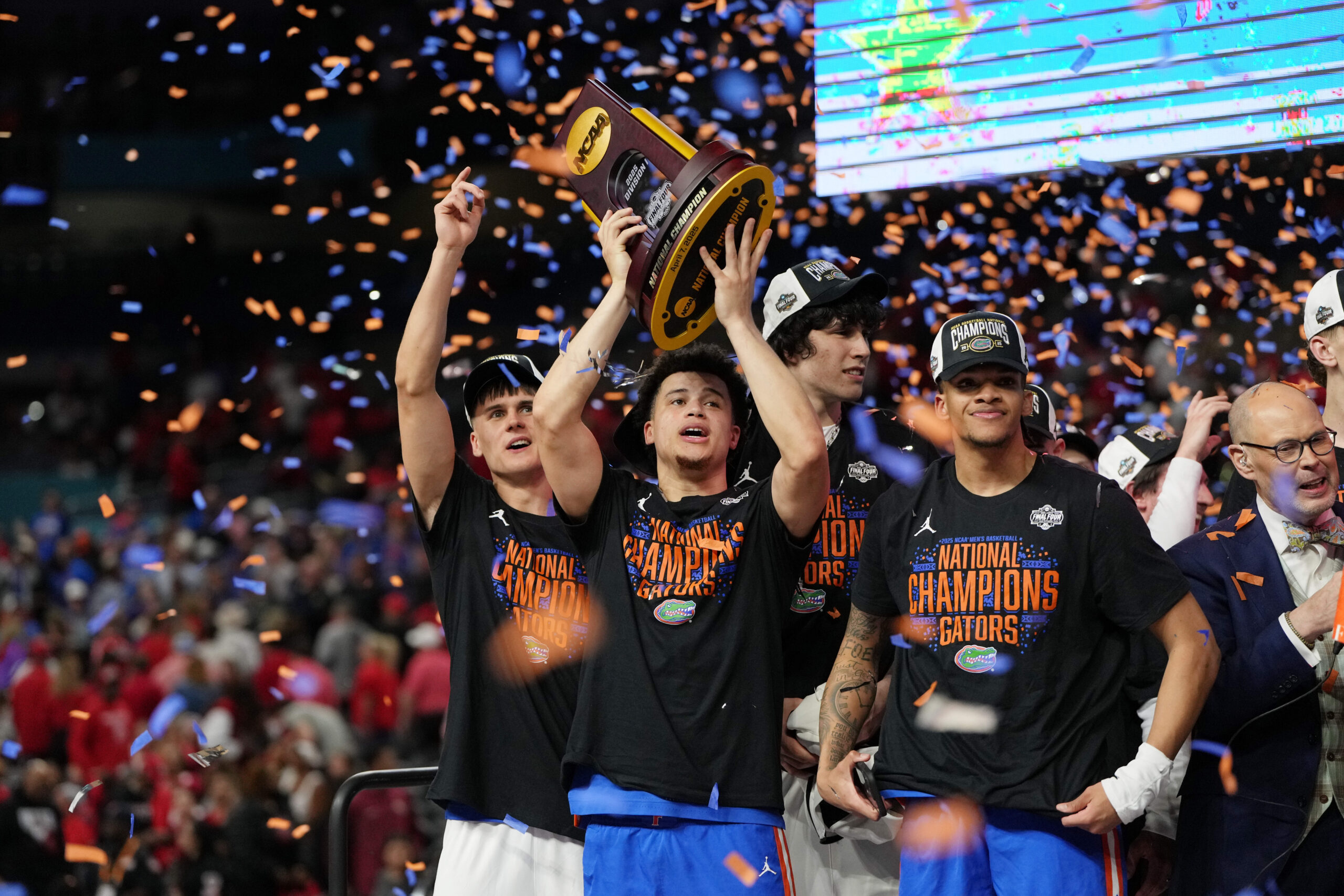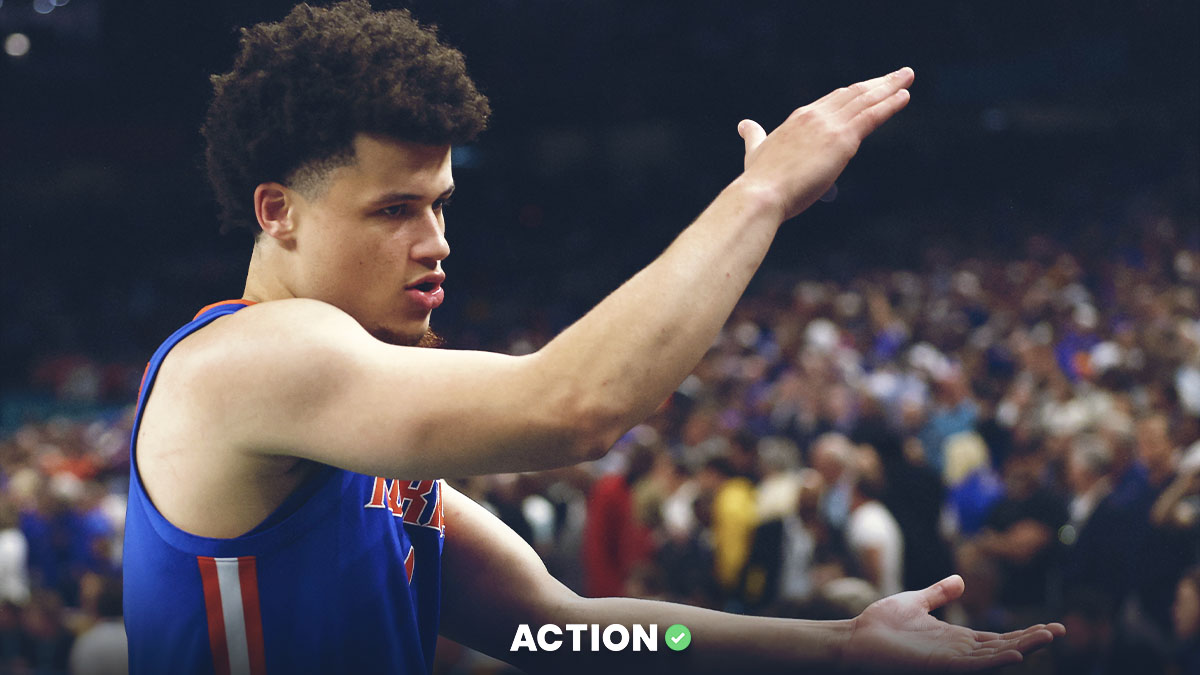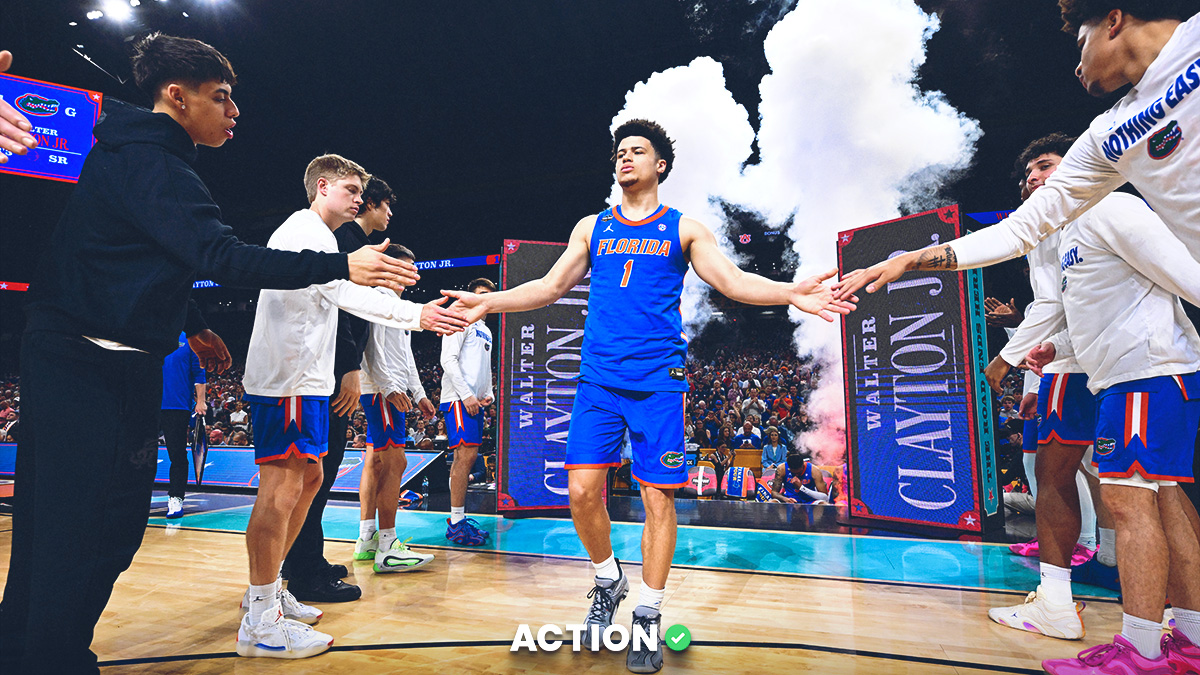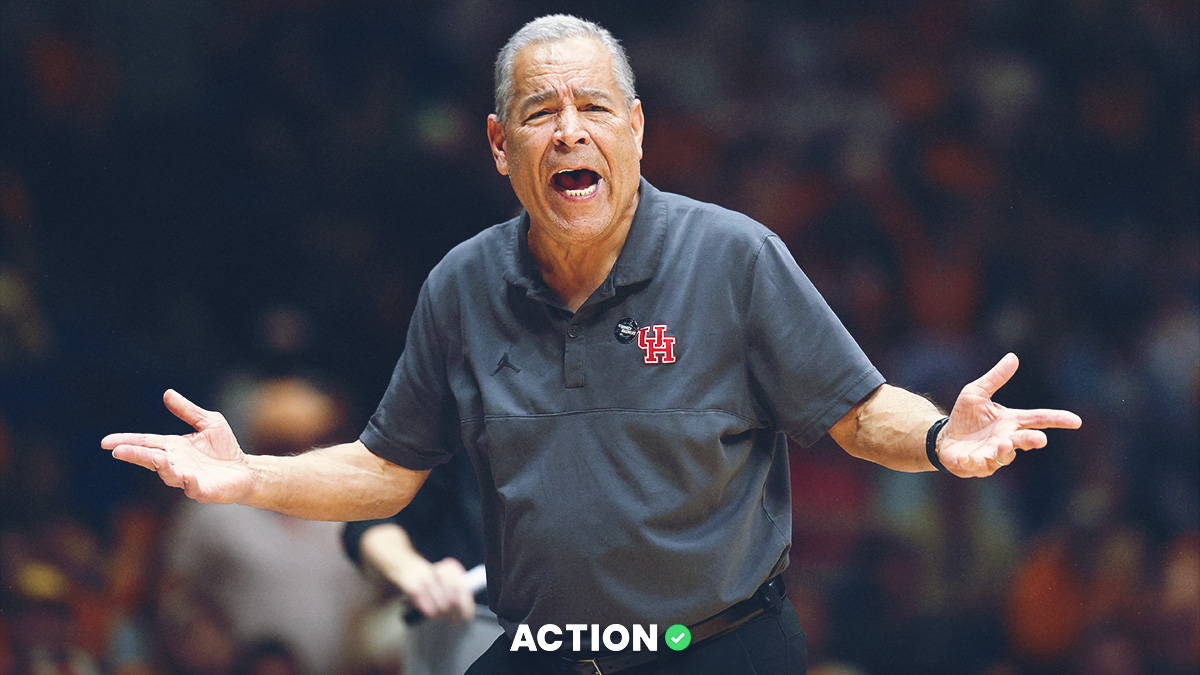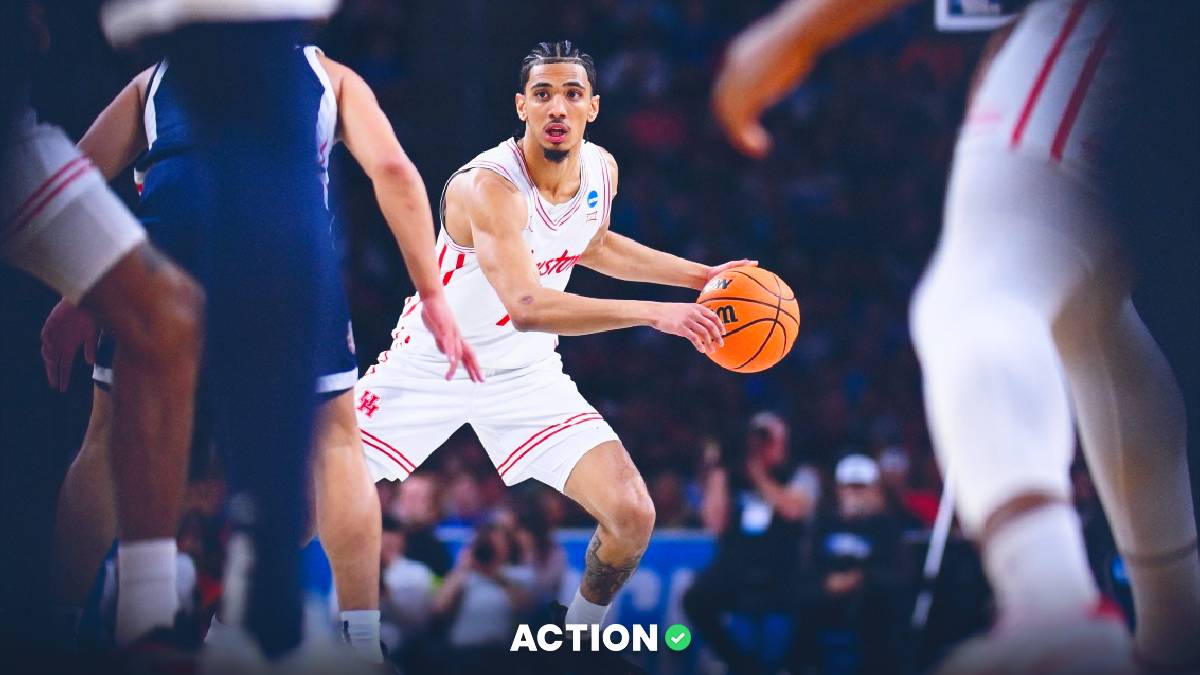Oklahoma State vs UCF Odds, Pick
| Oklahoma State Odds | ||
|---|---|---|
| Point Spread | Total Points | Moneyline |
+4.5 +100 | 136.5 -105o / -115u | +180 |
| UCF Odds | ||
|---|---|---|
| Point Spread | Total Points | Moneyline |
-4.5 -120 | 136.5 -105o / -115u | -225 |
Despite building a top-15 defense, Johnny Dawkins’ Knights couldn’t earn anything better than the 12 seed in the Big 12 tournament.
UCF still can’t score, ranking last in the conference in Offensive Efficiency and 2-point shooting (47%).
However, you’d think the Knights can outplay their 13-seeded opponent, Oklahoma State, which lost five straight to close the year, including a six-point home defeat to UCF.
The Pokes put together an 8-5 non-conference record, but nobody took them seriously. All eight wins were against KenPom sub-150 squads, and they were bullied by St. Bonaventure, Southern Illinois and Creighton.
Predictably, Oklahoma State struggled against Big 12 competition, starting the conference season 0-6 and ending the regular season 4-14.
Losing Bryce Thompson (shoulder) for the year in late January hurt, given he was one of the team’s two double-digit scorers and thrived in isolation sets (1.06 PPP, 84th percentile).
The other double-digit scorer — Javon Small — has played well after transferring from East Carolina in the offseason. He’s a stud ball-screen initiator, shifty shot creator and rock-solid shot maker (37% from 3 this year).
Alas, turnovers have continuously bitten him (over three per game), especially in a league filled with highly aggressive ball-screen defenses.
Plus, with Thompson shelved, there weren’t many other spot-up shooters for Small to find off ball-screen sets, meaning opposing offenses sagged to the interior and blocked most of Small’s driving lanes.
The bigger problem is the interior defense. While the 6-foot-11 Brandon Garrison stood tough with a 6% block rate, Mike Boynton Jr. is forced to play the 6-foot-5 Quion Williams at the four. The team’s lack of size results in a dead-last ranking in 2-point shooting allowed (57%).
Even worse, Boynton’s ball-screen coverage is porous, with the 6-foot-3 Small and 6-foot-1 backcourt mate John-Michael Wright struggling at the point of attack.
While the Pokes play a drop-coverage defense that rarely fouls and effectively denies perimeter shots (third in Big 12 in 3-point rate allowed), they allow too many driving lanes and, ultimately, too many paint points (35 per game, last in Big 12).
Also, nobody can rebound.
The Big 12 has experienced two defensive coverage revolutions in the past decade.
First, Chris Beard and Scott Drew took the league by storm with the no-middle scheme, and both made a Final Four.
Second, Houston and Iowa State transformed the Big 12 with the aggressive ball-screen blitz defense. I wrote about the ball-screen blitz here, so feel free to dive into that rabbit hole.
But the scheme’s premise is sending two defenders to the ball-handler on almost every ball screen in a sort of trap, thus forcing on-ball turnovers and turnovers on long cross-court passes. At the same time, everyone else rotates and scrambles on the weak side, focusing primarily on rim swarming and denial.
Coach Dawkins has fully bought into this scheme and has the perfect personnel to execute it. Shemarri Allen is a devastating point-of-attack defender (.59 pick-and-roll PPP allowed, 84th percentile; two steals per game), with Darius Johnson (two steals per game) and Jaylin Sellers (two steals per game) picking off everything on those passes.
Meanwhile, Ibrahima Diallo is among the best rim protectors in the game (two blocks per game), anchoring the Knights’ rock-solid interior defense (26 paint points per game allowed, third in Big 12).
It’s tough to score on the Knights. They’re devastating against on-ball and off-ball screens, destroy cutters in the gap and viciously deny second-chance buckets. Houston and Iowa State are the only two defenses that are better than UCF in executing the blitz.
Unfortunately, the Knights can’t score. They attempt to generate isolation offense, but nobody can score from the interior (47% from 2) or the perimeter (30% from 3). Johnson and Sellers average 30 points per game combined but with poor efficiency (combined 48% effective field goal percentage).
Even worse, UCF turns the ball over 13 times per game, leading to 11 fast-break points per game (second-to-last in the Big 12). The Knights are efficient at stopping transition buckets (.94 PPP, 90th percentile) but allow too many points on volume alone.
The one recourse is on the offensive glass, where UCF generates 12 second-chance points per game at over 1.2 PPP. Diallo leads the charge there.

Oklahoma State vs. UCF
Betting Pick & Prediction
It’s so gross, but I don’t think UCF should be laying over three against any Big 12 team. The Knights don't have the offensive firepower to out-score anyone by two possessions.
On the surface, it seems impossible that Small could get the Pokes’ ball-screen offense working against UCF’s devastating ball-screen coverage defense.
However, that wasn’t true in the first meeting, with Small and Co. generating 21 points on 17 ball-screen sets, good for a whopping 1.24 PPP. Small and Wright combined for 16 points on nine ball screens, good for an insane 1.78 PPP.
Additionally, the Cowboys generated 17 points on 17 transition possessions by forcing 17 turnovers, exploiting the Knights’ shaky ball-handling – Wright, Small, Jamyron Keller and Quion Williams combined for eight steals.
I’m scared that UCF will dominate Oklahoma State on the glass again, as the Knights managed 14 offensive rebounds and 17 second-chance points. But on the year, the Cowboys rank fifth in the Big 12 in second-chance PPP allowed (1.03), so I’m hoping they can generate a few more second-chance stops in the rematch.
The biggest reason UCF managed a six-point road victory in the first game was that the Knights shot over their heads. The 30% 3-point shooting team drilled 6-of-16 (38%) attempts, generating a whopping 15 points on 10 catch-and-shoot attempts (1.5 PPP).
Meanwhile, the Pokes shot 5-for-20 (25%) from 3 and generated 13 points on 14 catch-and-shoot opportunities (.93 PPP). They’re a bad shooting team, but not that bad, especially against a defense that ranks second-to-last in the Big 12 in Open 3 Rate Allowed – the ball-screen blitz defense is vulnerable to weak-side shooters.
The ball-screen blitz defense is also vulnerable against isolation creators, given that the best way to circumvent it is to not run ball screens at all. The Pokes lean into iso-ball heavy, and the Knights rank dead last in the Big 12 in isolation PPP allowed (.94).
Two-way regression looms, and I think the last result skews this spread past the true talent differential. The ShotQualityBets model projects UCF as a one-point neutral-court favorite over Oklahoma State.
But here’s the real juicy part of this analysis.
Big 12 tournament first-round dogs are 35-16 ATS since 2005, including 13-2 ATS since 2015.
I’ll take the Pokes and the points.


